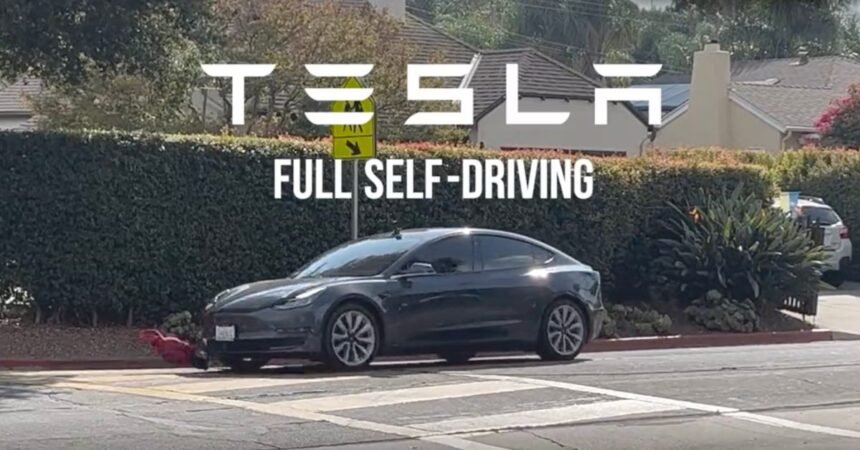Elon Musk, the CEO of Tesla, recently teased a new Tesla ‘Full Self-Driving Supervised’ (FSD) update with “10x improvements”, sparking excitement among Tesla fans and shareholders. However, history suggests that it may be wise to temper expectations when it comes to Musk’s announcements.
In a recent post on X, Musk hinted at an upcoming FSD update that would involve a “10x increase in parameters”. This update, expected to be ready for public release by the end of next month, follows a year of no significant improvements in the consumer version of FSD, as Tesla focused on its ‘Robotaxi’ service in Austin.
Crowdsourced community data indicates that the FSD system has not shown meaningful improvement over the past year, with some reports suggesting a deterioration in performance. Despite the lackluster progress, Tesla shareholders are hopeful that the company’s experience with its supervised robotaxi service in Austin will lead to a significantly improved FSD update.
This is not the first time Musk has promised a performance boost through an increase in parameters. The previous FSD v12.5 update, which was touted as a “5x increase in parameters”, only resulted in a modest 22% increase in miles between critical disengagements compared to the previous version.
Given the underwhelming results of past updates, it may be prudent to approach Musk’s latest announcement with caution. While a 10x increase in parameters sounds promising, it remains to be seen if this will translate into a significant improvement in FSD performance.
Even if we assume a 2x improvement in miles between critical disengagements, FSD on HW4 would still fall short of achieving unsupervised self-driving capability. At its current rate of improvement, Tesla would need several more years to reach that milestone, all while facing the looming obsolescence of its HW4 system.
In conclusion, while Tesla’s FSD system is impressive as a level 3 driver assistance system, it falls short of delivering on its promise of enabling unsupervised autonomy. It is crucial to manage expectations and consider the system’s limitations when evaluating its performance.







